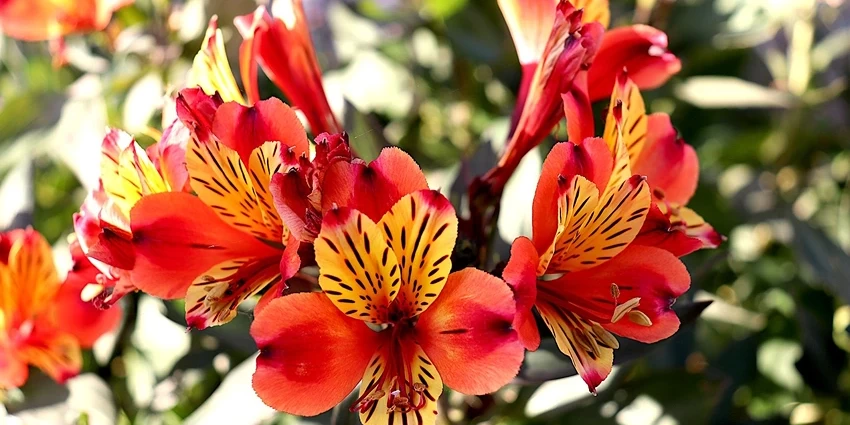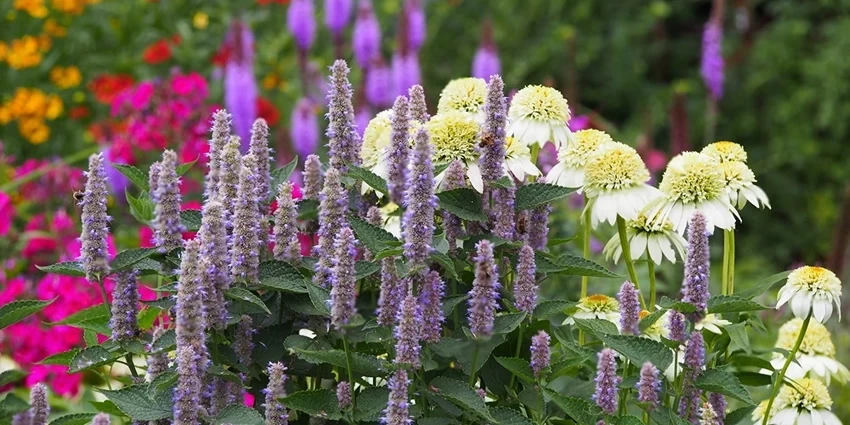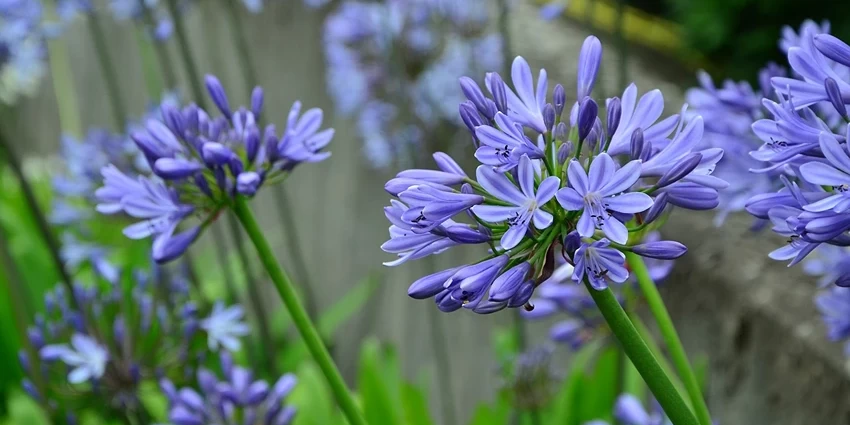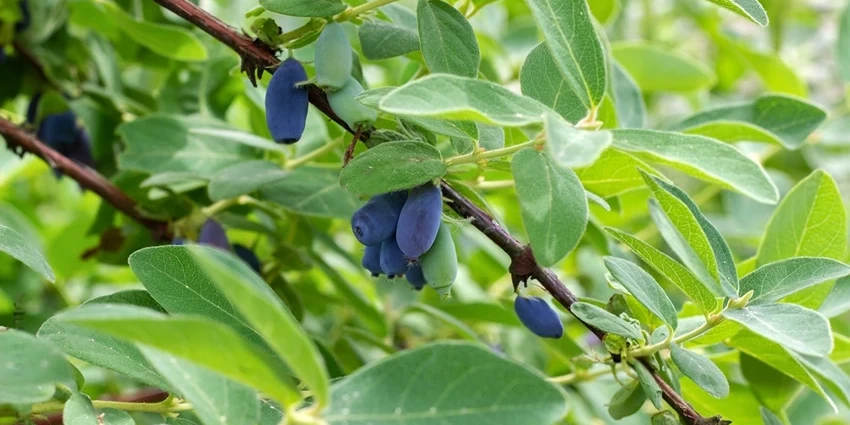All products were chosen independently by our editorial team. This review contains affiliate links and we may receive a commission for purchases made. Please read our affiliates FAQ page to find out more.
Home » How to » Grow Plants » How to grow Sweet Peas
Sweet peas, with their vibrant colors and intoxicating fragrance, have charmed gardeners for generations. These climbing beauties are not just a feast for the eyes but also a delight for the senses, making them a must-have in any garden. Whether you’re a seasoned gardener or just starting, growing sweet peas can be a rewarding experience. Let’s dive into the world of sweet peas and discover how to make these floral wonders thrive in your garden.
How to grow Sweet Peas
To grow sweet peas, plant in well-drained soil with full sunlight. Water consistently, keeping the soil consistently moist. Provide support for climbing varieties. In the UK climate, sweet peas flourish with regular care, offering fragrant and colourful blooms that enhance the charm of your garden.
Register for our latest in-depth reviews and product round-ups from the experts.
Enter your email address below to receive our monthly review emails.
By entering your details, you are agreeing to our terms and conditions and privacy policy. You can unsubscribe at any time.
Introduction to Sweet Peas
Sweet peas, or Lathyrus odoratus, are native to the Mediterranean but have become a staple in British gardens. Their history dates back to the 17th century, and they’ve been a symbol of delicate beauty and sweet fragrance ever since.
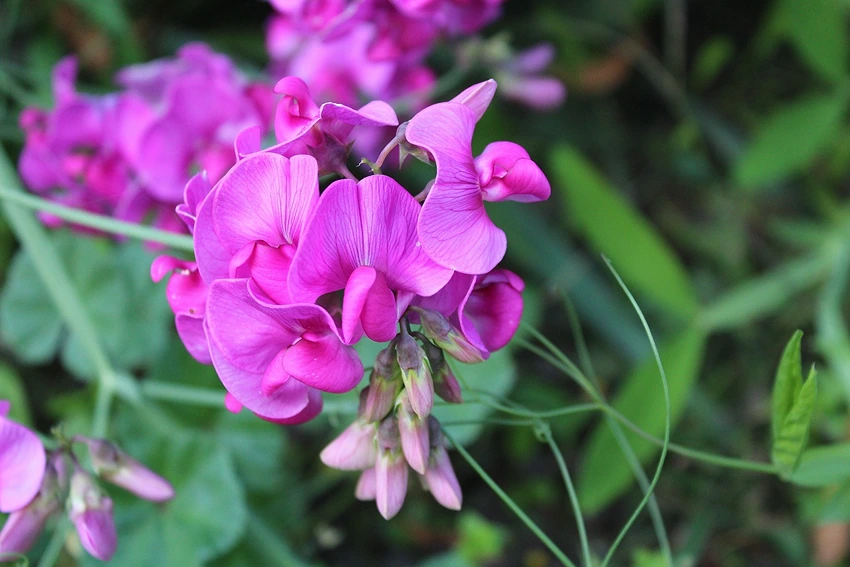
Choosing the Right Sweet Pea Variety
When selecting sweet peas, consider the following:
- Climate Suitability: Some varieties thrive better in certain climates.
- Bloom Type: From classic to frilly, each variety offers a unique charm.
Table: Popular Sweet Pea Varieties
| Variety | Description | Bloom Type |
| Cupani | Original sweet pea, with a strong scent | Bicolor |
| Spencer | Large flowers, ideal for cutting | Wavy-edged |
| Bijou | Dwarf variety, suitable for containers | Small and compact |
Preparing Your Garden for Sweet Peas
Sweet peas love rich, well-draining soil. Here’s how to prepare your garden:
- Soil Enrichment: Add compost or well-rotted manure to enrich the soil.
- pH Level: Aim for a neutral to slightly alkaline pH.
Planting Sweet Peas: A Step-by-Step Guide
Timing is crucial when planting sweet peas. Early spring is ideal, but in milder climates, autumn planting can lead to earlier blooms.
- Soak Seeds: Soak the seeds overnight to soften the outer shell.
- Sow Seeds: Plant seeds about an inch deep and 2-3 inches apart.
- Provide Support: Erect a trellis or support for the vines to climb.
Caring for Sweet Peas: Watering and Feeding
Sweet peas need consistent moisture and nutrients to flourish.
- Watering: Keep the soil moist but not waterlogged.
- Fertilizing: Use a balanced fertilizer every 4-6 weeks.
Pest and Disease Management for Sweet Peas
Be on the lookout for common issues like aphids and powdery mildew. Regular inspection and prompt action can keep your plants healthy.
Training and Supporting Sweet Peas
Support is vital for sweet pea vines. They climb using tendrils and need something to latch onto.

Types of Supports and Trellises
- Bamboo Canes: Simple and effective for creating a framework.
- Netting: Offers ample support for tendrils to grip.
Training Techniques for Optimal Growth
- Regular Tying: Gently tie the main stem to the support.
- Encourage Side Shoots: Pinching out the tips can promote bushier growth.
Pruning and Deadheading for Healthier Plants
Pruning and deadheading are essential for prolonging the blooming period and encouraging more flowers.
Pruning Techniques
- Pinch Out Tips: This encourages lateral growth.
- Remove Faded Flowers: Regular deadheading keeps plants looking tidy and stimulates new blooms.
Harvesting and Using Sweet Peas
Sweet peas are perfect for bouquets and floral arrangements. Cut them in the morning when the dew has dried for the best vase life.
Best Practices for Cutting Flowers
- Cut When Buds are Just Opening: This ensures the longest vase life.
- Use Sharp Scissors: Clean cuts prevent damage to the stems.
Extending the Blooming Season
To enjoy sweet peas for as long as possible, consider the following tips:
- Regular Deadheading: Removes spent blooms and encourages new ones.
- Mulching: Helps retain soil moisture and keeps roots cool.
Sweet Peas in Containers: A Mini Guide
Not everyone has a large garden, but that doesn’t mean you can’t enjoy sweet peas. Growing them in containers is a great alternative.
Container Selection and Setup
- Size: Choose a deep container to accommodate the root system.
- Drainage: Ensure there are adequate drainage holes.
Special Care Considerations for Container Gardening
- Watering: Container plants dry out faster and need more frequent watering.
- Feeding: Regular feeding is crucial as nutrients in pots can deplete quickly.

Frequently Asked Questions About Sweet Peas
Sweet peas, with their whimsical tendrils and perfumed petals, often raise questions among garden enthusiasts. Here are some answers to the most common queries:
Regular deadheading and proper fertilization are key. Also, ensure they’re getting enough sunlight.
While they prefer full sun, sweet peas can tolerate partial shade, but expect fewer blooms.
Watch out for aphids and powdery mildew. Regular inspections and organic treatments can help.
In a vase with fresh water, they can last up to 7 days. Cut them early in the morning for the best vase life.
Advanced Sweet Pea Gardening Techniques
To elevate your sweet pea game, consider these advanced tips:
Maximizing Flower Production
- Regular Feeding: Use a high-potash fertilizer every two weeks during the blooming season.
- Adequate Spacing: Ensure plants aren’t overcrowded to improve air circulation and reduce disease risk.
Dealing with Pests and Diseases
- Natural Predators: Encourage ladybirds and lacewings to your garden as they feed on aphids.
- Fungicides: For powdery mildew, consider organic fungicides or homemade solutions like milk spray.
Table: Common Sweet Pea Pests and Diseases
| Pest/Disease | Symptoms | Treatment |
| Aphids | Sticky residue on leaves, distorted growth | Neem oil, soap spray |
| Powdery Mildew | White, powdery spots on leaves | Milk spray, proper air circulation |
Sweet Peas: A Floral Artist’s Dream
Sweet peas are not just garden plants; they’re a staple in floral art. Their long, graceful stems and vibrant hues make them ideal for bouquets and arrangements.
Creative Uses in Floral Design
- Bouquets: Mix sweet peas with other garden flowers for a rustic look.
- Table Centerpieces: A bunch of sweet peas in a mason jar can add charm to any table.
The Sustainability Angle
Growing sweet peas isn’t just about beauty; it’s also about sustainability. As members of the legume family, they enrich the soil by fixing nitrogen, making them an eco-friendly choice for gardeners.
Sweet Peas and Soil Health
- Nitrogen Fixation: Sweet peas improve soil fertility for future plants.
- Crop Rotation: Plant them in different areas each year to maintain soil health.
Wrapping Up the Sweet Pea Journey
As our sweet pea journey concludes, remember that these flowers are more than just a pretty face in your garden. They’re a symbol of nature’s simplicity and beauty, a reminder to slow down and enjoy the small joys of life.
Eleanor is the quintessential spirit of the British gardener — passionate, dedicated, and endlessly curious about the natural world. Born and raised amidst the verdant landscapes of the Cotswolds, she developed an early love for the outdoors, often spending hours in the family garden with her hands buried in the soil, nurturing every type of plant she could find.



